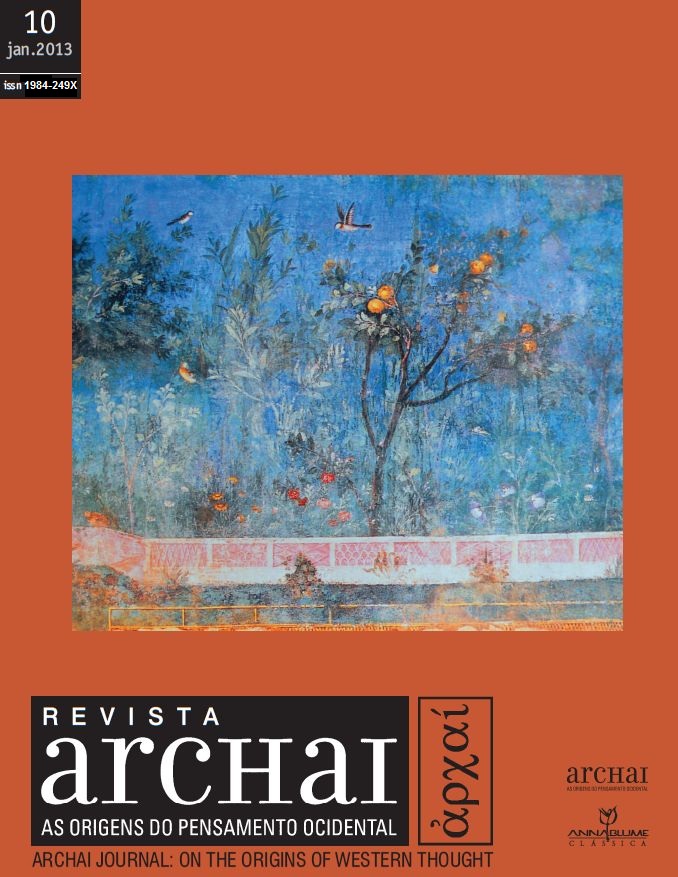Prometeu:
a sabedoria pelo trabalho e pela dor
Keywords:
Prometeu, Sabedoria, Trabalho, DorAbstract
Exploramos aqui as conexões do mito de Prometeu com o nascimento do iluminismo ocidental. O estudo tem como base as obras de Hesíodo e Ésquilo, a partir das interpretações de Werner Jaeger e Junito Brandão. Nos poemas de Hesíodo, Prometeu é aquele titã que roubou o fogo de Zeus para entregá-lo à humanidade. Por este gesto, Prometeu e seus protegidos são duramente castigados por Zeus. Assim, mergulhados em um mundo de incontáveis e incontornáveis males, os homens, honestos, conquistam a esperança de uma boa vida através do trabalho infatigável. Na tragédia de Ésquilo, Prometeu é apresentado como o iluminador e protetor da humanidade. Multi-sábio foi ele quem deu pensamento aos homens, pois estes faziam tudo sem razão. Todas as técnicas e artes humanas são devidas a Prometeu, o previdente. Aqui o mito revela o fundo a partir do qual brota a sabedoria humana: o sofrimento e a dor. No mito, revela-se, de modo essencial, a exigência do trabalho e a presença do sofrimento como condições de uma existência humana definida e considerada do ponto de vista do iluminismo. A sabedoria é a força capaz de fazer o homem superar os obstáculos e as adversidades. Prometeu representa, dessa forma, uma imagem primordial da condição humana cuja sabedoria é conquistada pelo trabalho e pela dor.
Downloads
Downloads
Published
How to Cite
Issue
Section
License
Given the public access policy of the journal, the use of the published texts is free, with the obligation of recognizing the original authorship and the first publication in this journal. The authors of the published contributions are entirely and exclusively responsible for their contents.
1. The authors authorize the publication of the article in this journal.
2. The authors guarantee that the contribution is original, and take full responsibility for its content in case of impugnation by third parties.
3. The authors guarantee that the contribution is not under evaluation in another journal.
4. The authors keep the copyright and convey to the journal the right of first publication, the work being licensed under a Creative Commons Attribution License-BY.
5. The authors are allowed and stimulated to publicize and distribute their work on-line after the publication in the journal.
6. The authors of the approved works authorize the journal to distribute their content, after publication, for reproduction in content indexes, virtual libraries and similars.
7. The editors reserve the right to make adjustments to the text and to adequate the article to the editorial rules of the journal.



